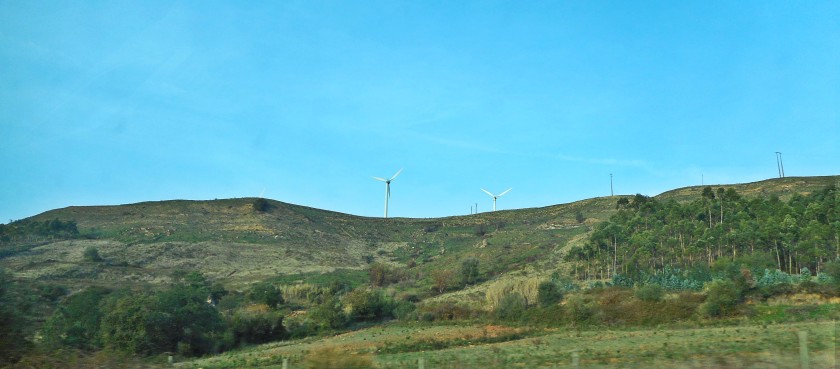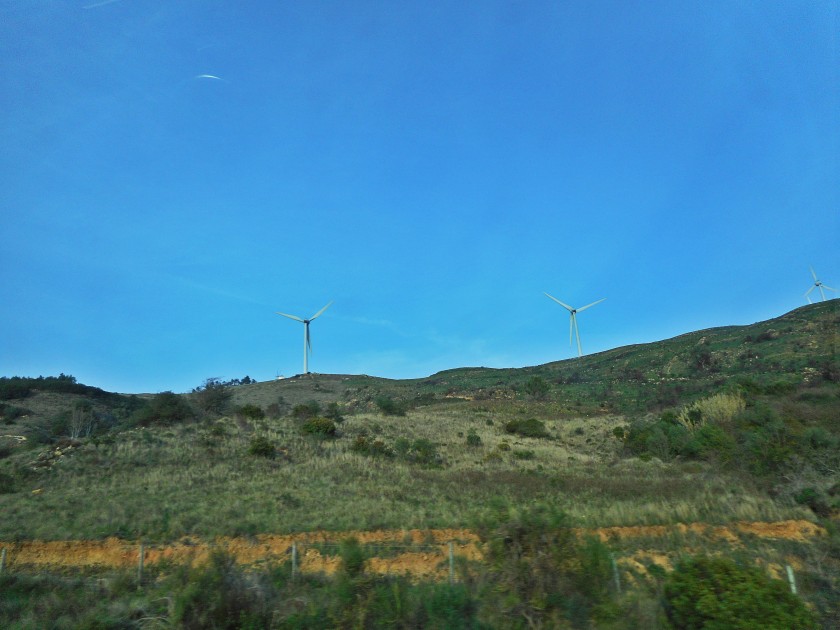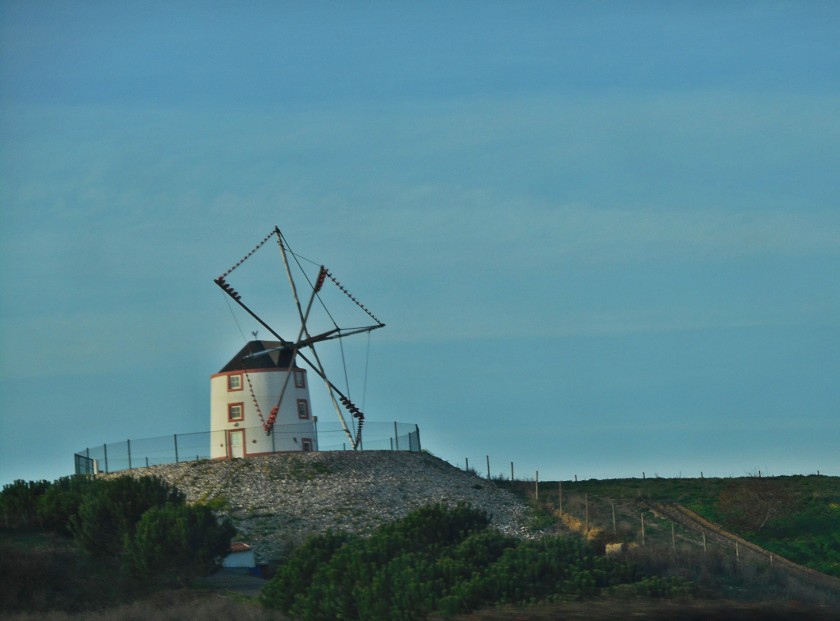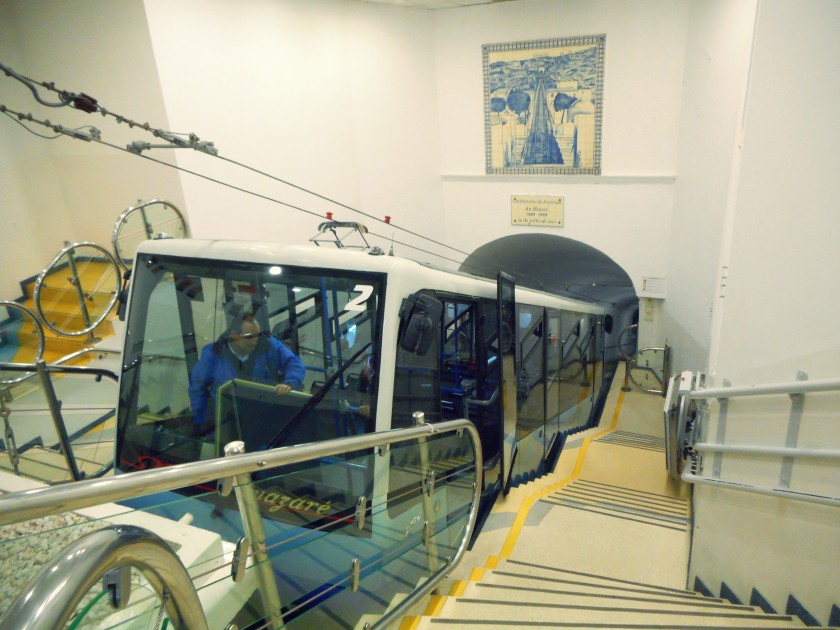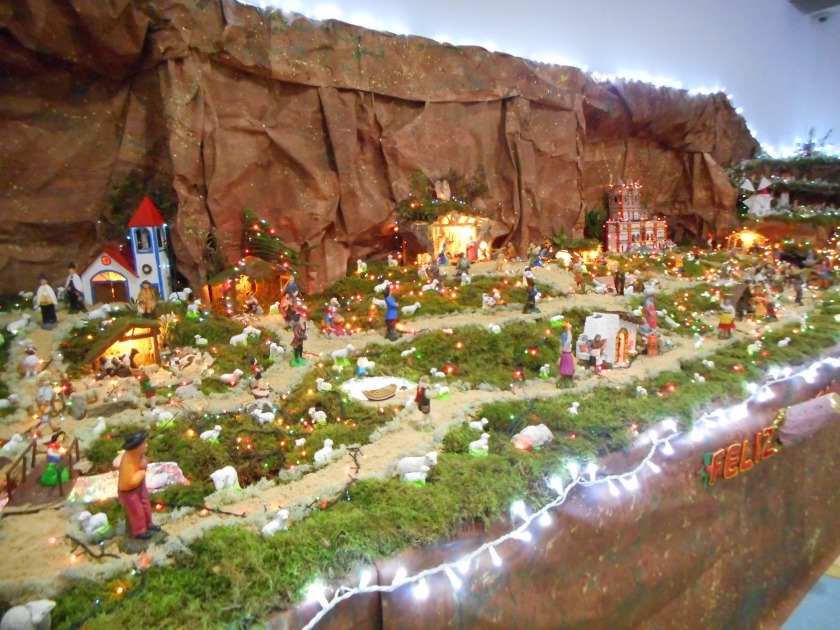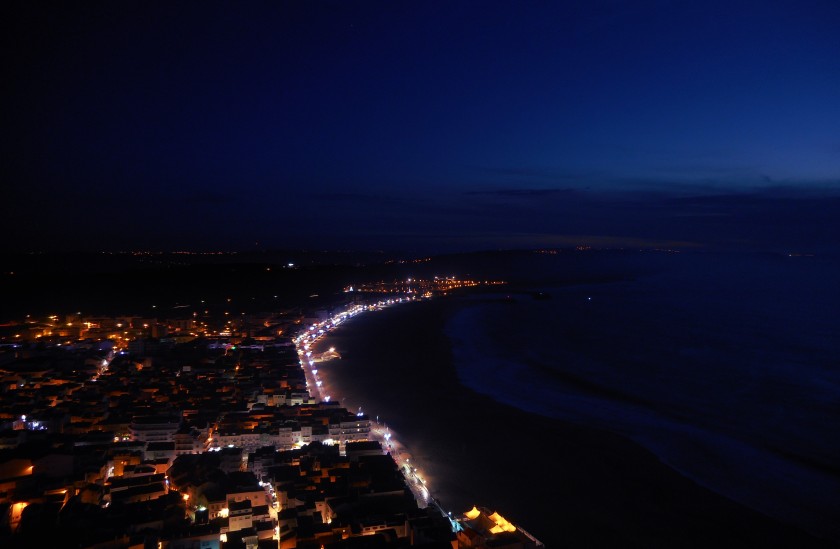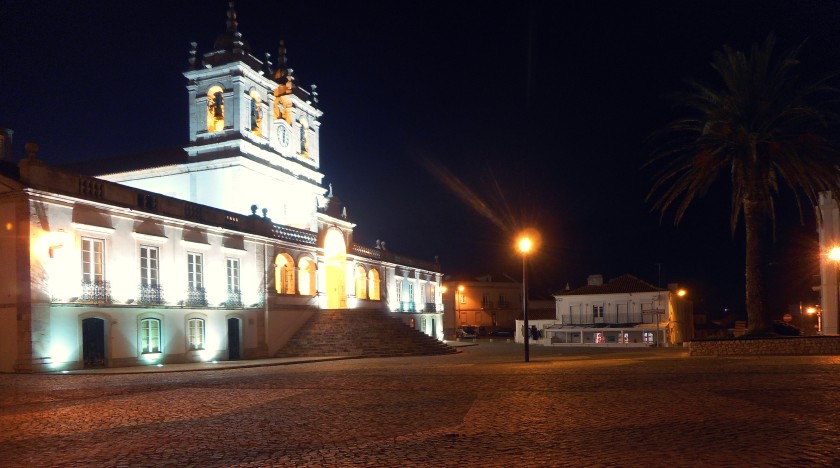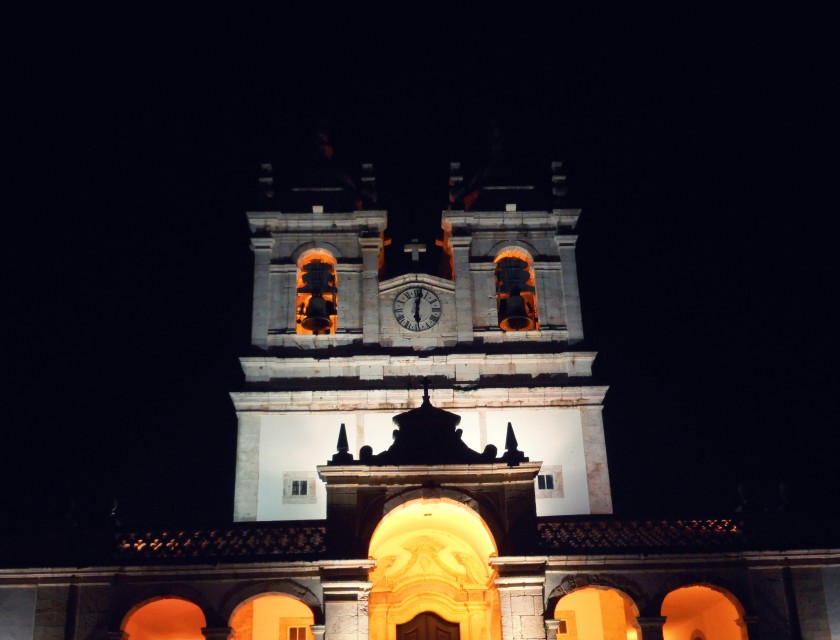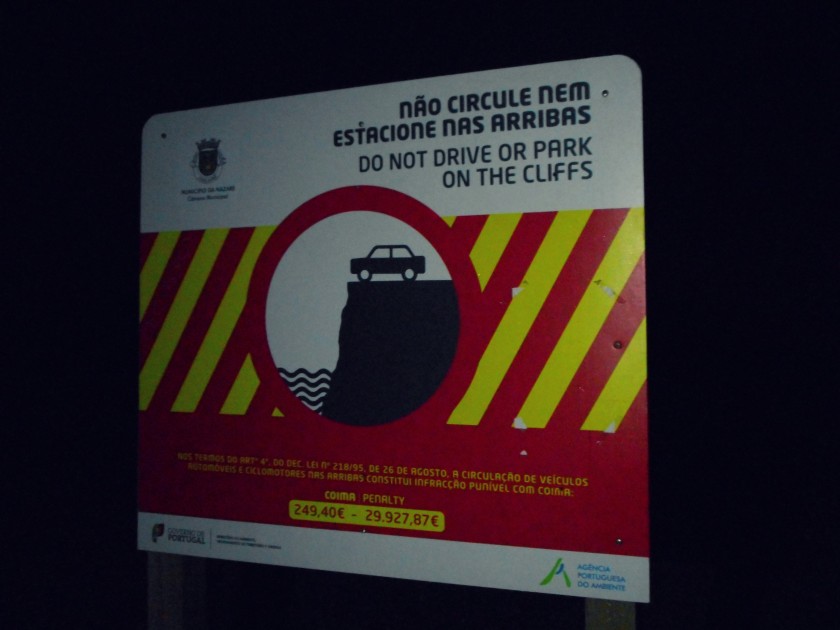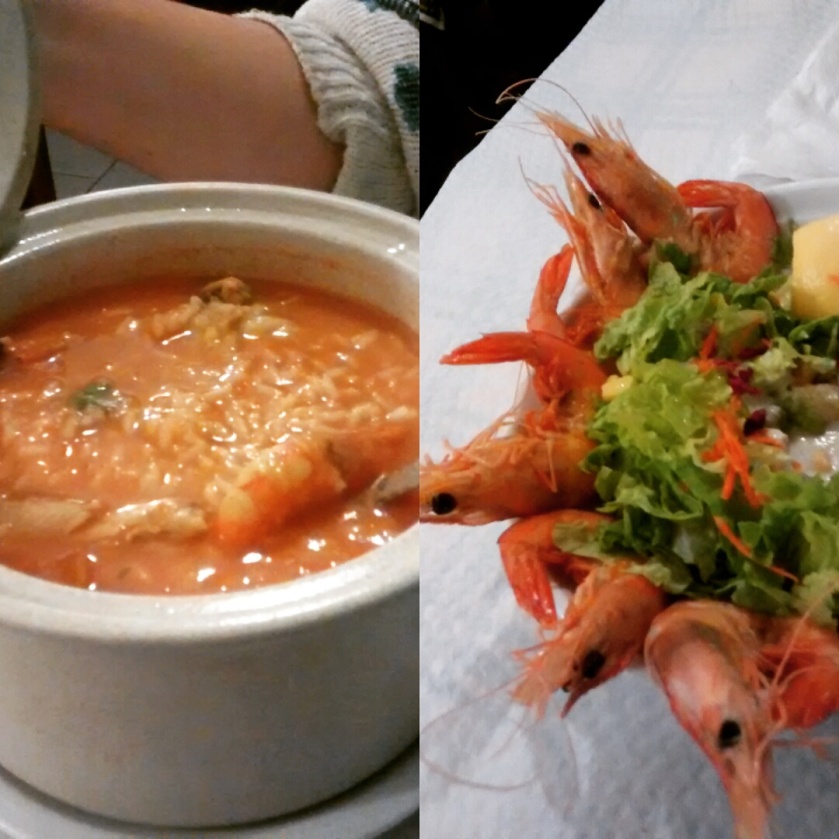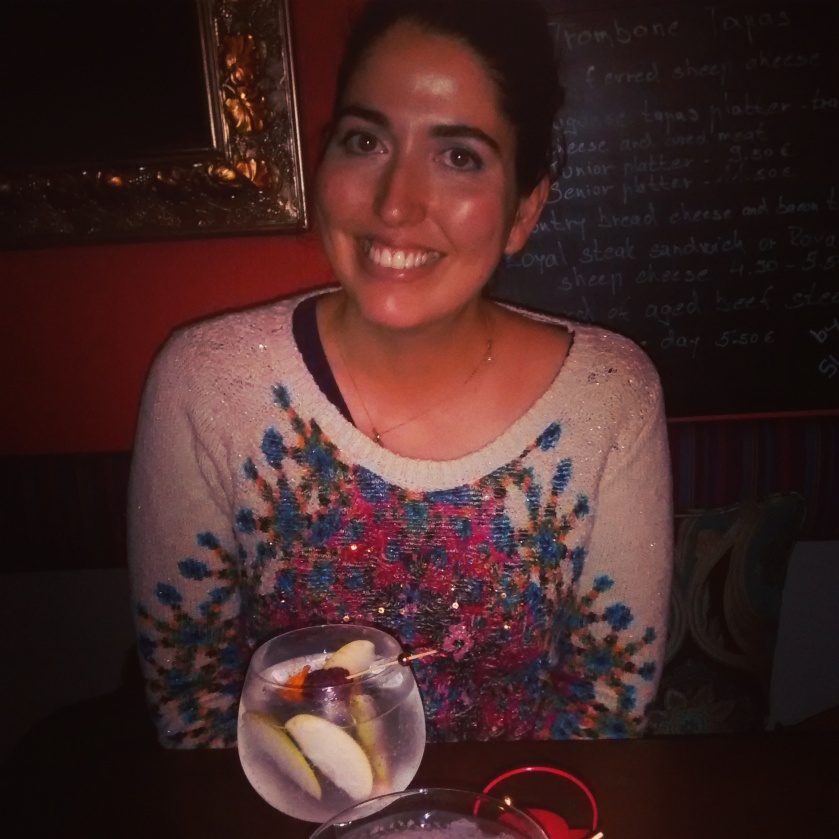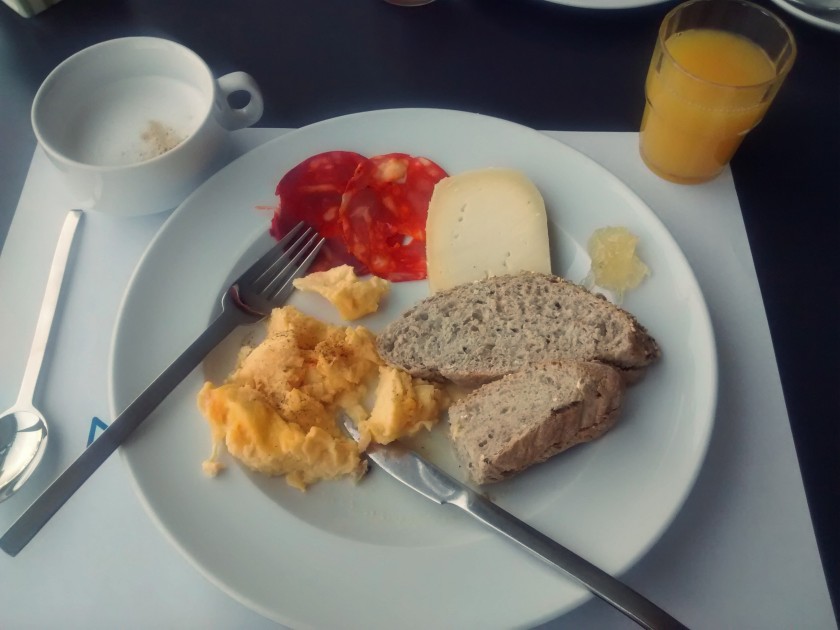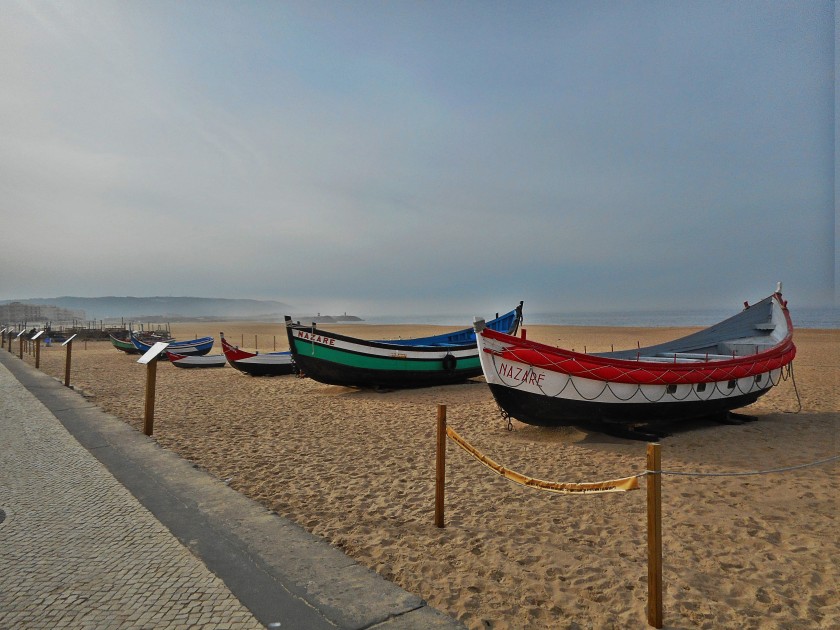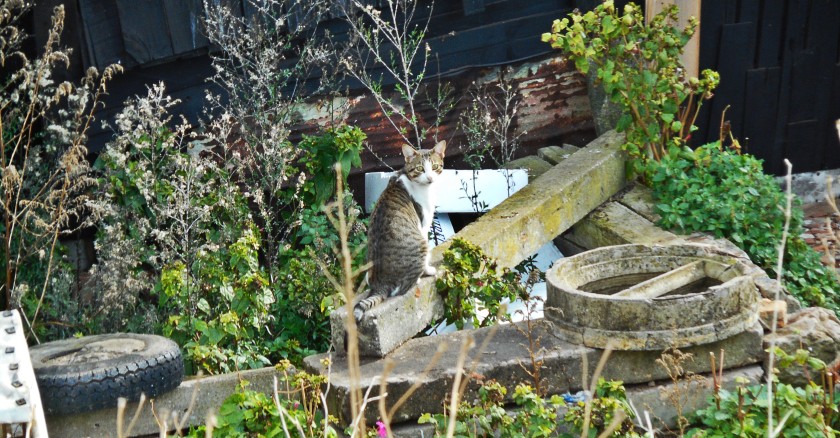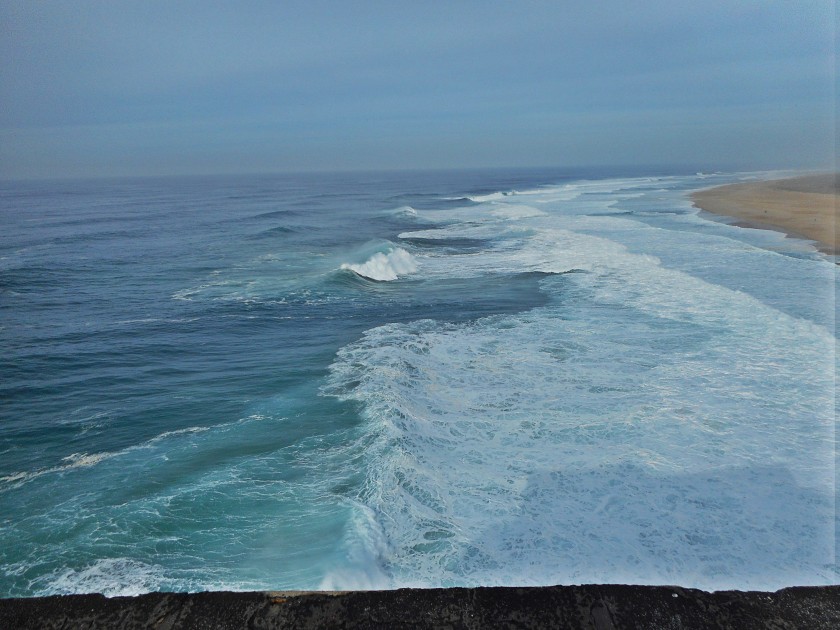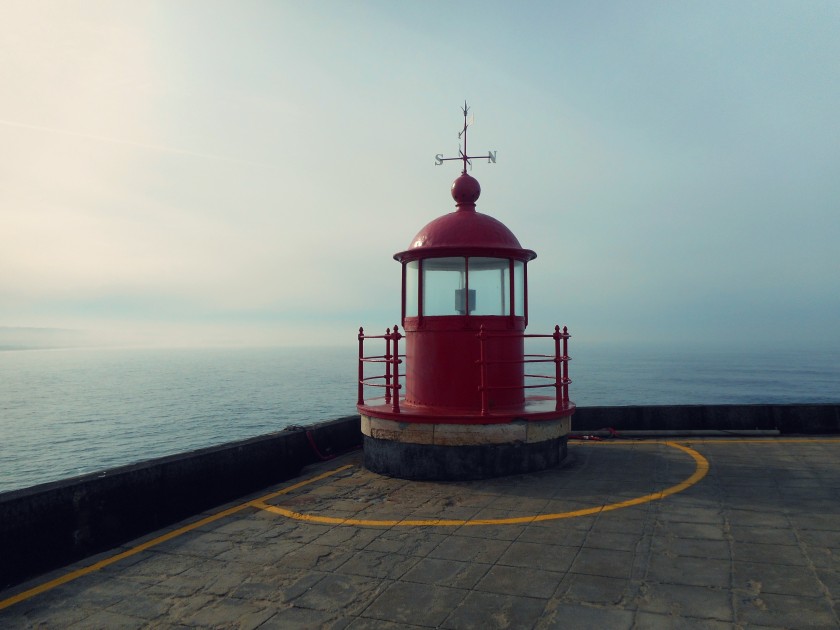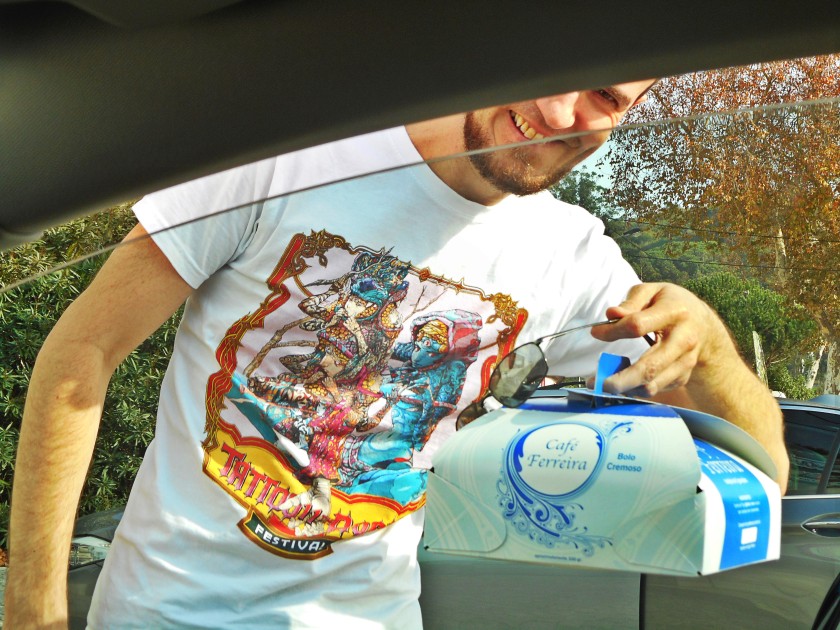For anyone who missed the previous episode of my tour of Sri Lanka, I was starting my trip to Galle anything but fresh. Standing on Colombo’s Fort station after perhaps 90 minutes’ sleep during a 14-hour journey where I had been folded into the shape of a tetris block, I was eternally grateful for two things. First of all, the strong, milky tea and the tea bhanis that I was eating as a sort of makeshift breakfast and second the advice of a really kind fellow who directed me to the best place to stand to get a seat for the ride down the coast to Galle. I didn’t have too long to wait and, before long, I was sitting at a seat with enough leg room in front of me to not be crippled and looking out of the windows as the outskirts of the city gave way to dense forests with the occasional house on my left and the endless Indian Ocean coastline to my right, the calm water lapping at the sand as high tide approached. It was around 7am and the train was little more than half full.

The ride to Galle was mercifully short and, on arriving, I managed to stumble upon some Australians who were also staying inside the huge fort complex and were more than happy to split the tuk tuk fare. I zombie staggered my way to my hostel and asked the fellow in charge if I might leave my bag there until later when it was time for me to check in. He was kind enough to allow me to do it and also to tell me where I could get coffee, a stone’s throw away. The coffee was expensive, but it was real filter coffee and iced coffee at that. The temperature was already high, the humidity ahead of the coming storm which you can see in the photo above, just making it worse. Even at a cost of about £2, a cold, strong coffee was too good to resist.

After a short period of sitting in an extremely comfy armchair, checking the highlights of the cricket on the big screens, and having allowed caffeine to course through my veins for a bit, I was ready to take a walk around the fort. What a beautiful place it is. If you’ve read my other blogs about Sri Lanka, it will be a familiar history. Founded by the Portuguese, the fort was taken over by the Dutch and expanded, and then finally occupied by the British until independence. This one being so far south, though, meant that it had remained largely unscathed by the civil war. The result is that it’s one of the best preserved forts in the country, so much so, that the vast majority of life – tourist life, at least – takes place within the old stone walls. Despite some negative experiences – more on that later – it means that Galle really is somewhere that travellers to Sri Lanka should see.
If you think the sky has a foreboding look about it in these images, you’d be dead right. Just after this period of wandering about, I approached the lighthouse that juts out on the rocky coastline and watched as a storm swept in, remarkably quickly too. Most people dashed for cover ahead of time, but a handful of us decided to watch as the driving rain rolled in with the tide. The air held its balmy warmth and the chill of the rain was very welcome. It also came just before noon and presented a chance for a quick nap to recover some energy from the previous night.

Refreshed by the power nap, there was only one thing on my mind and, of course, it was food. So I approached the extremely helpful folk in the hostel for some guidance. I walked around the corner to a recommended small restaurant and picked up the menu. Then I abruptly nearly swallowed my tongue in shock. The prices were exorbitant. A sandwich would set me back about £11. There was no rice and curry after 3, and I’d slept a little longer than planned. I scanned the menu for a spicy vegetable stuffed roti. I found it but, while everywhere else on the island I’d paid between RS70 and RS200, they wanted RS1600 for it. I was pretty shocked. But I ordered one, regardless. It was on the ‘main dishes’ list, so perhaps it was bigger than usual. Then it arrived. And no, it was not bigger. If anything, it was a little smaller than elsewhere on the island. I ate it and it was fine, but considering it was something like a 1000% mark up on every other place, it’s fair to say I was disappointed. The rain still thumping down, as it would for the next 18 hours or so, I went back to my hostel to ask the host why things were so expensive here. He explained that pretty much only tourists go into the fort centre to eat. Even worse was to hear that the servers and chefs in the restaurants here earned no more than their compatriots in other cities. They all had to take their meals outside the fort near the train station, like the other Sri Lankan folk. This left quite the bad taste in the mouth and showed the fort up to be really the worst kind of rip off, with just a handful of rich western owners creaming a fortune off of the guests and passing none of it on to their staff. I vowed not to eat there in the evening.
The rain kept beating down and so I elected to write postcards and generally relax a bit. The next morning I was going to have a hectic day seeing a tea plantation. When the evening came I walked across to the train station in between bouts of torrential rain. A really interesting chap who was a former Sri Lankan olympian, who had played field hockey at four olympic games joined me for the walk. He proudly carried around his tokens of participation and cheered me up on my way to grab a steaming plate of kottu for the somewhat more reasonable price of RS140 or £1 to me. With the rain bucketing down as it was, there was no option but a taxi back. I fell asleep with my book still in my hand, the soothing rhythm of the rain on the sheet metal roof overhead lulling me into dreamland.
Waking up to the smell of frying eggs and tea, not to mention a clear, blue sky, did wonders for my mood. I sat at one of the hippyish tables and ate my two fried eggs on fluffy white toast and drank two long mugs of delicious, strong tea, one after the other, then waited for the taxi driver from the night before, to see if he’d remembered our arrangement.

Right on the strike of ten o’clock the buzz of the tuk tuk neared and sure enough, my taxi man was outside, beaming a smile. Just at that moment, two dutch brothers – both seriously strapping young lads – asked me where I was going. I tolkd them I was off to see the tea plantation and they asked if they could join. Miraculously, the taxi driver didn’t even try to hike the price, so we all squeezed aboard and were off.
Twenty five minutes down the main road, after surprisingly few close calls for any Sri Lankan road experience, we were bouncing up the humped gravel track to the small tea plantation, nestled into the hills above the south east road. Our tuk tuk pulled up and the manager of the tea plantation was there to greet us in a matter of moments. He was already showing some others around the plantation and urged us to join immediately. He was an extremely warm chap and clearly knew his stuff, imparting countless tidbits of information just on the way to the house before the grand tour. Our driver came with us, but told us he’d been many times before. I wondered why, until I saw that he, too, got a free cup of tea and a generous slice of cake. A great deal for any visitor.
With cake scoffing behind us, our driver went to catch forty winks in the back of the tuk tuk while we embarked on our tour. We learned about the different processes involved in the white, green and black tea production, something I’d had little to no awareness of previously. He took pride in showing us machines made in London, Dublin and beyond at the early part of the twentieth century and which remained in remarkable working order. He introduced us to the tea picking ladies, using tweezers in their latex gloved hands to protect the tiny tips of white tea from even the tiniest amount of moisture. No wonder, we though, as we learned that this tea is imported to places like France at around 200 euros per kilo. As a Brit and a person who appreciates a good brew, it was a fascinating visit.
After the tour, it was time for the most exciting bit – the tasting. I was curious to taste the white tea, supposedly harbouring more anti oxidants and good stuff than any other tea on earth. I assumed it would, as such, taste vile, but it didn’t. It was delicate and a bit floral and certainly wouldn’t work with milk, but was quite tasty none the less. I tried a host of varieties and bought some as gifts for a few of my friends and family. If you are interested in finding more information about the tea plantation and visiting, which I would highly recommend, you can consult their Facebook page here.

After this it was back down the coast road to Galle. Arriving refreshed and invigorated fro my tea education, I remembered one authentic and not so overpriced restaurant I’d heard about, called Mama’s. It offers only a narrow range of curries, but all very traditional and with a god range of seasonal fruit curries. After my experiences of fruit cury in Polonnaruwa and Jaffna, I was excited to hear this! I arrived and answered the usual questions about being able to handle my spice, in spite of my Britishness and was soon tucking in to an excellent curry with a variety of chicken, vegetables and fruits. The lassi to wash it down was also most welcome.

With lunch done, I grabbed my last opportunity for a bit of beach time, before grabbing my things and heading to the train station to get back to Colombo, ahead of my flight. On the way to the station, I met what must have been Galle’s friendliest and most well kempt cat.

The train ride to Colombo was swift and, in no time, I was wandering around the city, waiting to meet the person who’d been my guide when I first arrived in the country for a final afternoon on the galle face green, watching the kids fly their kites and people eating street food, which I naturally indulged in. Some hours later and it was time for the big off.
After the best part of a month in Sri Lanka, I was exhausted and feeling somewhat strange about the whole trip. Perhaps folk that have been to this part of the world before will understand me when I say that I enjoyed the trip, in many ways, more after I had left. I saw so much, enjoyed so many wonderful tastes, sounds, smells and so on and these memories remain, even now, almost a year later, utterly vivid. But as you try to walk in countries like this, the curiosity of people, while almost always friendly and with good intentions, can be exhausting. I answered questions about my marital status and city of origin more ties during these 26 days than perhaps in the rest of my life put together. But that’s not to detract from a country that has a huge amount to offer the traveller. I would certainly say that I enjoyed my time in the north a good deal more than in the south and that’s as much to do with the calmness of the people and the lack of a rip off mentality that comes where tourism is embryonic or non-existant. I don’t know if I will ever go back to this magical island at the base of India, but whether I do or not, I will definitely say that I have no regrets and would recommend anyone to visit.

Throughout my travels in Sri Lanka, I leaned heavily upon the Lonely Planet Travel Guide. You can get your copy, here:



















